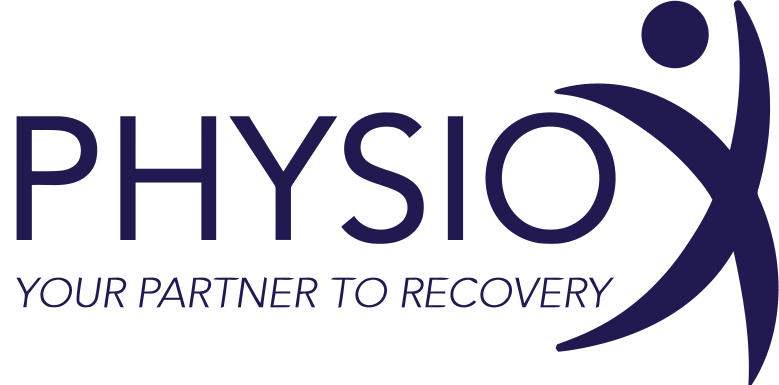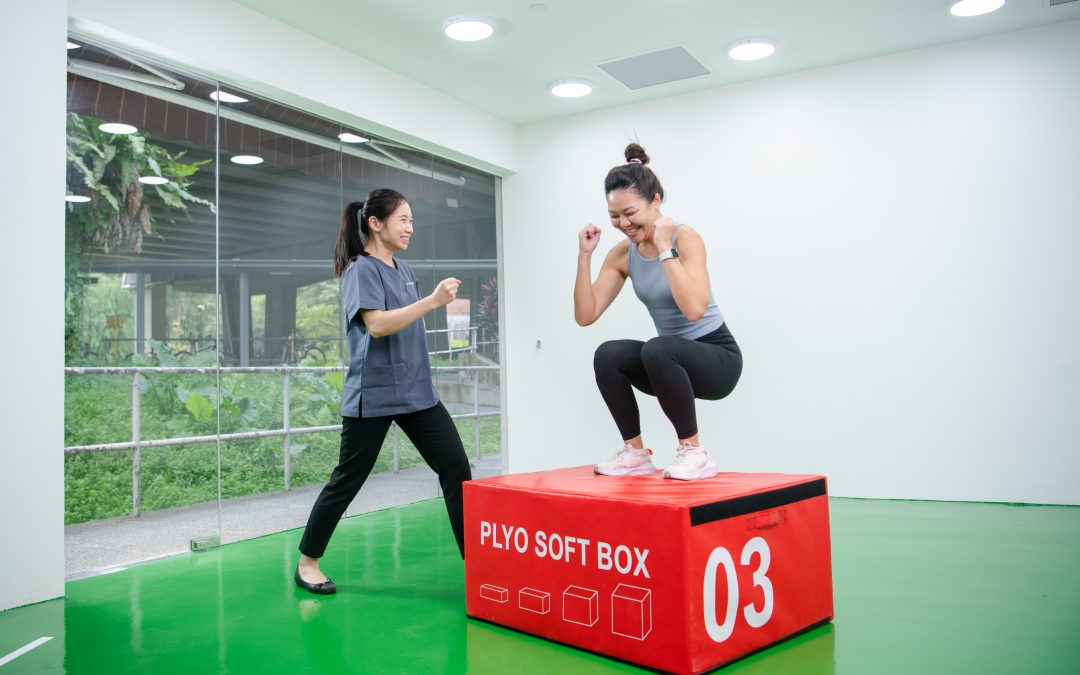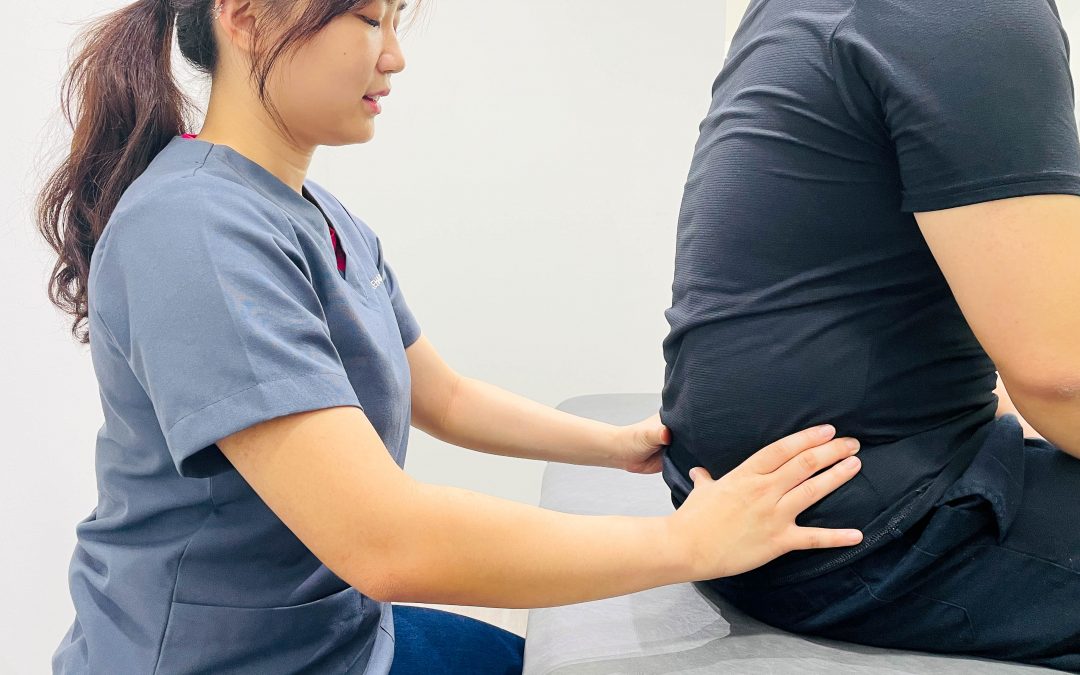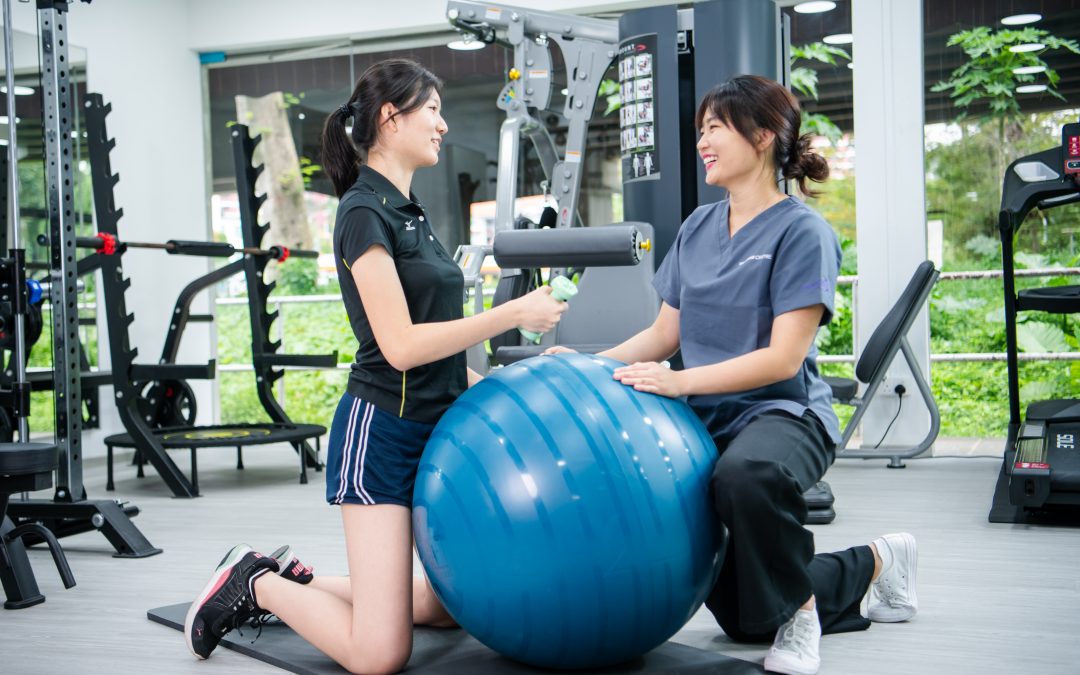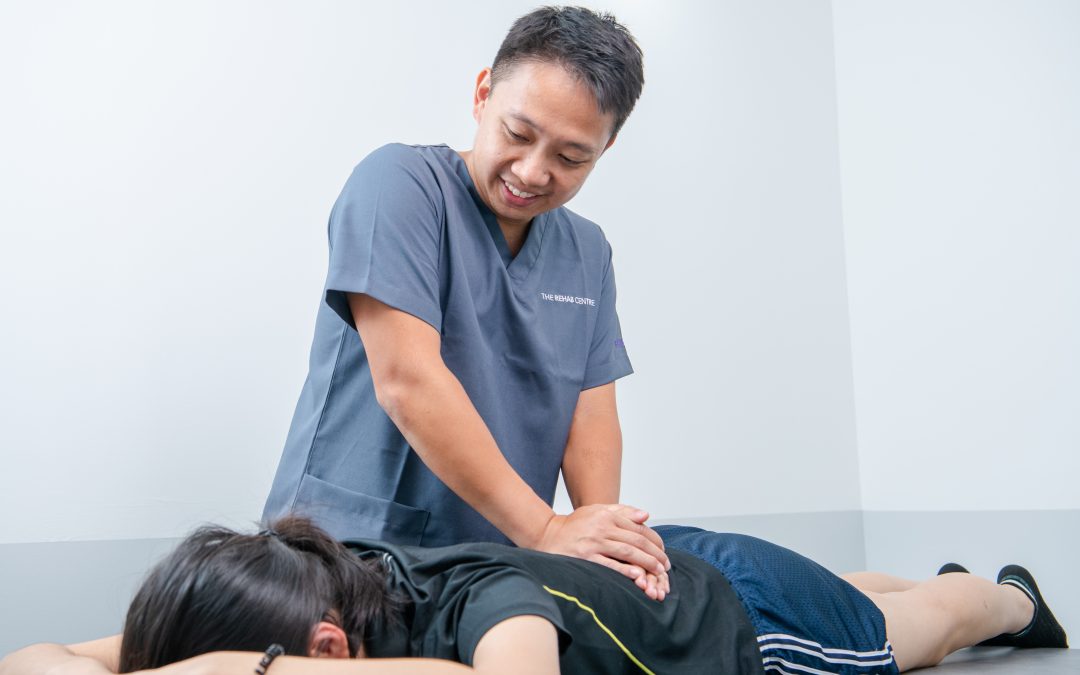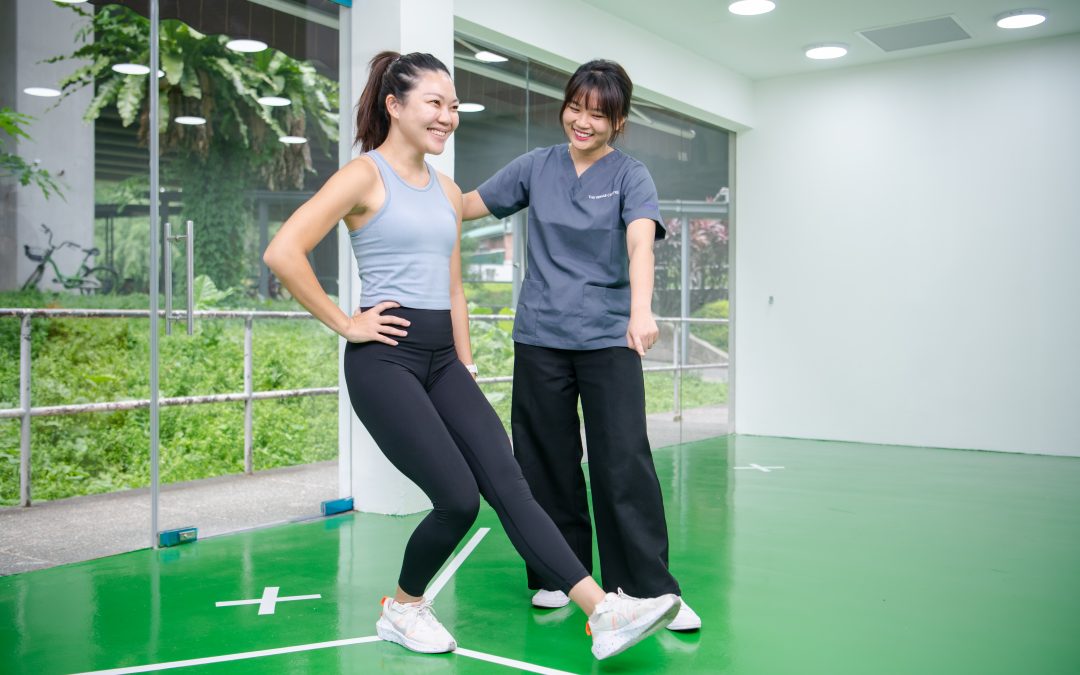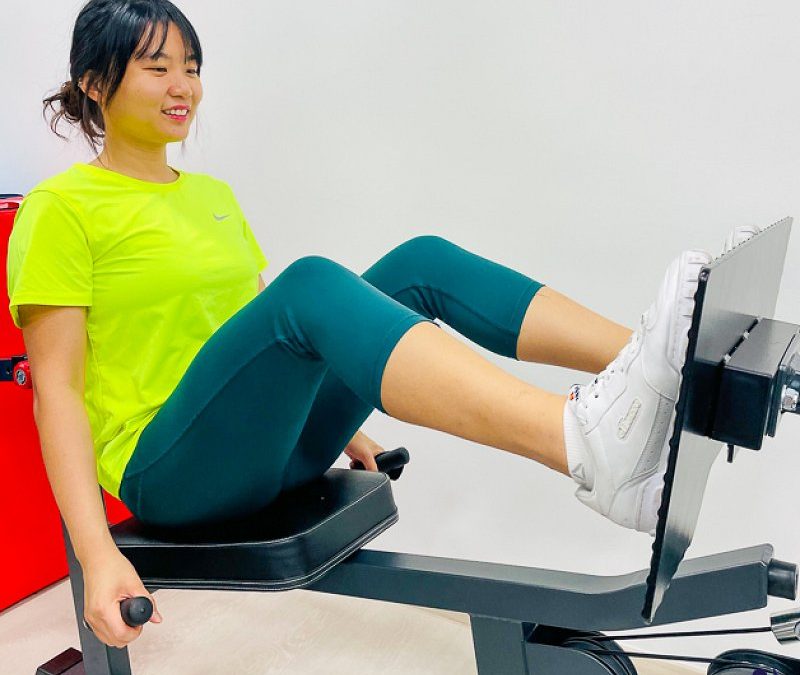Key Points
- Despair, distress, and fear were the main emotions reported by people who are living with chronic musculoskeletal symptoms.
- People often used passive behaviours (ie, social isolation) to cope with the challenges that arose related to musculoskeletal symptoms.
- It is important to tackle the emotional aspect of pain in addition to the physical aspect.
I am in pain…but is it just pain?
We’ve all experienced pain at some point in our lives – be it scraping a knee, getting burnt, or getting a papercut, it’s something that is familiar to all of us. But what is pain?
By definition, it’s an unpleasant sensation that can range from mild discomfort to acute agony. But for many with disorders like back pain and arthritis, pain is more than just a physical sensation, but rather something that can impact various aspects of one’s life.
An article published in the Journal of Orthopaedic & Sports Physical Therapy in May 2022 aimed to explore the emotions, thought processes, and actions of those with musculoskeletal disorders that are tied to their symptoms, as well as when they interact with others and their surroundings. Musculoskeletal disorders are concerns arising from the muscles or bones in our bodies, such as arthritis.
Three emotions mainly reported across reviews that evaluated individuals with musculoskeletal disorders were fear, distress, and despair.
Emotions and its effect on pain
Fear and pain
It is ok to bend my back? Fear is often associated with the fear of one’s disorders and symptoms, and the need to partake in daily activities despite them. When you experience pain or are told that certain actions or activities will cause pain, you may feel a need to avoid or change those activities. While this makes sense, it can interfere with your daily life in the long run – for example, because you want to avoid bending, you can end up being unable to do housework or lift things.
Distress and pain
Frustrated and seeking help for your low back pain? Distress emerges due to concerns related to the unpredictable nature of one’s illness and the management of its symptoms, where the uncertainty one might feel towards their future causes them to worry. Some may feel uncertain about whether they even had an illness, and if they should be taking any action, while others were uncertain if their symptoms were serious, especially in conditions like rheumatoid arthritis which progress slowly. Many were also concerned about how their symptoms could affect their work, and how their employers may respond.
Despair and pain
Despair occurs when one experiences pain and symptoms of their disorder, which causes feelings of helplessness. This can occur when interacting with their friends and family, where they may feel burdensome, or when thinking about their pain, which can seem daunting and hopeless.
These emotions are normal and are usually related to musculoskeletal disorders which can have a negative impact on one’s life, affecting daily activities and causing loss of self-worth. Ultimately, it is important to seek help not just to manage your symptoms, but also the feelings associated with them.
I am in pain. Can I move?
Pain is normal and good. It acts as a protective mechanism for our bodies. However, it may not be purely a sensation. Our emotions are involved as well and this will begin to impact our day to day activities. Oftentimes, the fear of pain can affect how one adheres to interventions; for example, some may not follow exercise plans due to such fear. Your Physiotherapist will acknowledge your pain. While addressing your pain, you will be encouraged to move and this will boost your self-confidence, while also helping you achieve your target. Believing in yourself and your abilities is often crucial in taking your first steps towards recovery. This can help motivate you to keep to your exercises, so you get stronger and manage your pain better in the long run!
I have knee pain and I cannot run
Take knee pain as an example. Our role as Physiotherapist is to identify the source and cause of the pain in your knee. The pain in your knee is affecting your ability to run or perform certain activities and it is frustrating you. As we address the mechanical issues causing your knee pain, we will also work with you to identify any emotional aspects of your pain that are limiting you. In tandem, we will address these issues so that you can return to running.
Can Physiotherapy help me in my pain?
It is important for you to seek advice from a professional who will be able to advise you on what the best course of action should be and what actions you should take to address your concerns about your pain. You’re not alone in your pain.
Book now or give us a call to schedule an appointment to see our Physiotherapist who will be able to partner you as you embark on this journey of self-discovery and health!
Ref:
“My Pain Is Unbearable…I Cannot Recognize Myself!” Emotions, Cognitions, and Behaviors of People Living With Musculoskeletal Disorders: An Umbrella Review. Martinez-Calderon Jet al. J Orthop Sports Phys Ther 2022;52(5):243-261. doi:10.2519/jospt.2022.10707
